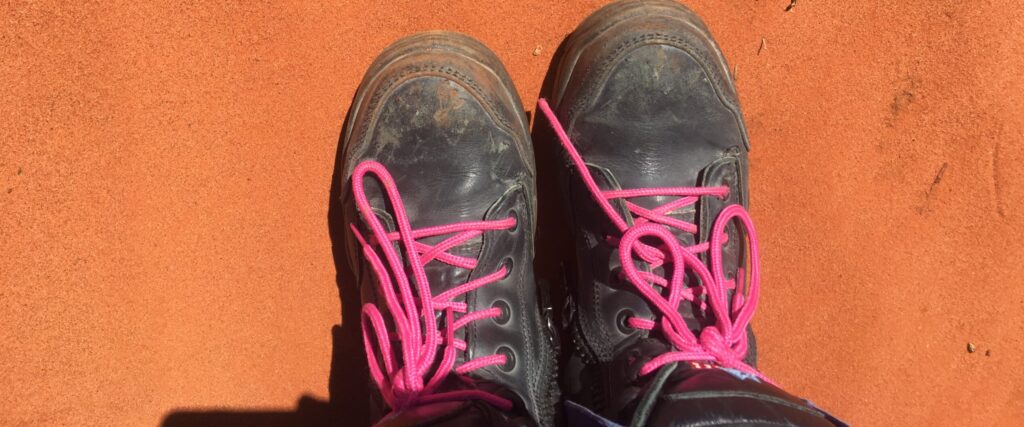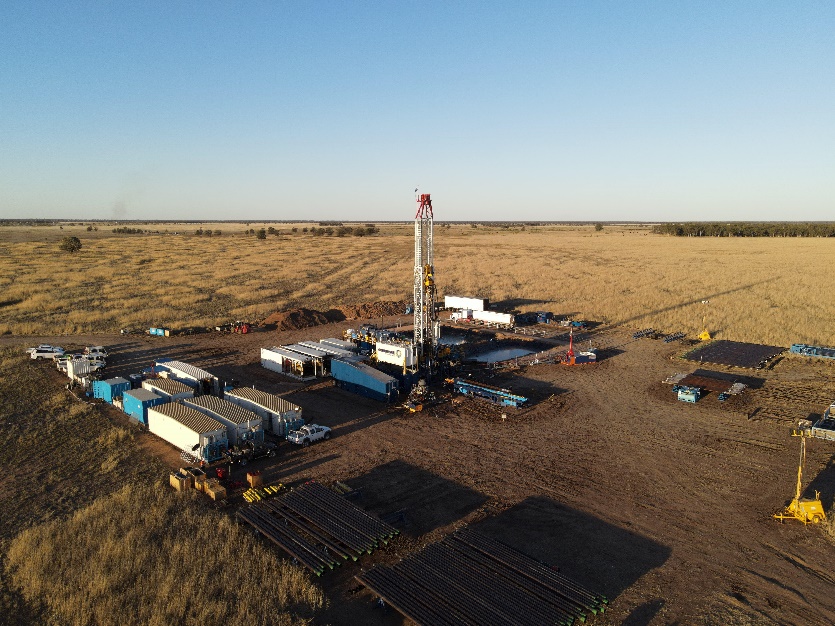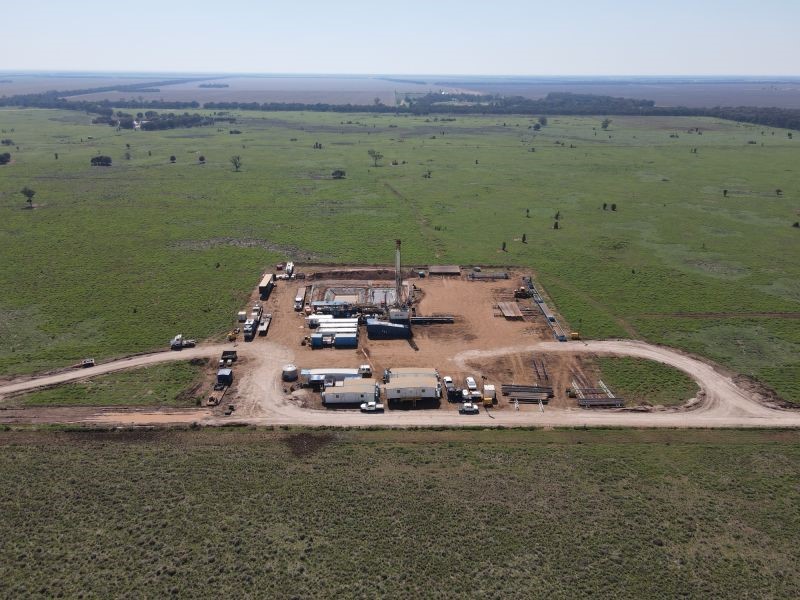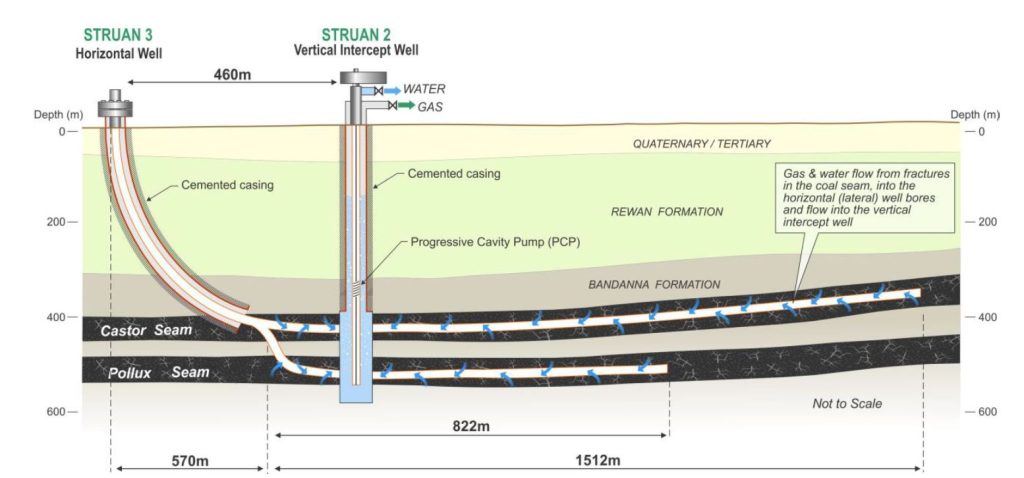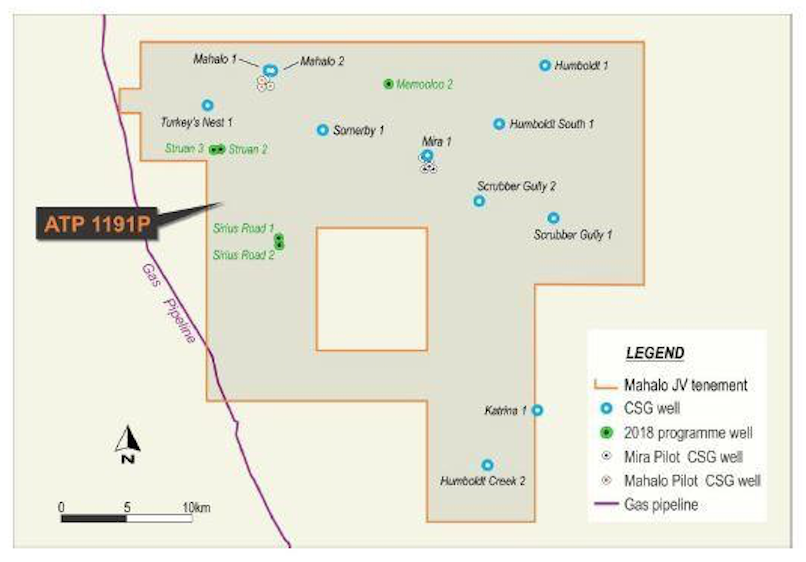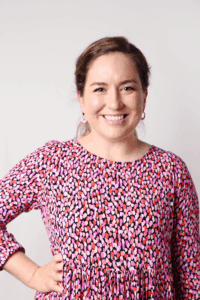
Rigs, robots and a road trip to Monaco – the journey of a modern engineer
Jessica Wrigley didn’t grow up dreaming of drilling wells in remote corners of Australia. Her journey started in a chemistry lab in Bermuda, where her dad was a science teacher and her curiosity in STEM was sparked.
By the time she reached university, she chose a route of robotics and mechatronics. So how did she end up leading some of the country’s most innovative well engineering projects?
We sat down with Jessica to hear her story.
Q: Where did your interest in science and engineering begin?
Jessica:
I grew up in Bermuda, and my Dad worked as a Chemistry teacher. I used to play around in his lab and that’s where the spark for science and technology came from..
Q: How did that lead to mechatronics?
Jessica:
At high school in Australia, I got into this amazing subject called Engineering Technology and Design. It let me play with real-world problems and taught me the importance of good design methodology. Mechatronics appealed to me because it blended mechanical, electrical, and software engineering. It felt like the best of all worlds.
Q: So how did you go from robots to rigs?
Jessica:
Honestly, I cast the net wide in final year. I had my head down in thesis work, and I just applied to a bunch of graduate roles. When I landed the Santos interview, I really took a leap of faith, and I’m glad I did. It turned out to be a 13-year journey through drilling, field work, and some incredible learning experiences.
Q: Was it a big shift, moving from robotics to drilling?
Jessica:
In some ways, yes. You’re going from building robots to drilling into the earth! But at their core, both are about complex systems. You’ve got data, machinery, variables you can’t always control, and you have to bring it all together in real time. There’s actually a surprising amount of crossover.
Q: What did you love most about those early field roles?
Jessica:
I loved the hands-on side of it. Working nights in the Cooper Basin, being right there with the rigs. It was tough, but rewarding. You learn so much, so fast. There’s no better way to get your head around the complexity than seeing it firsthand.
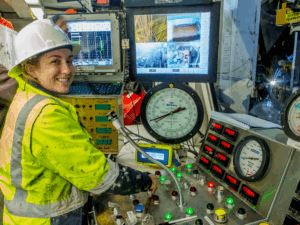
Q: How did your career evolve from there?
Jessica:
Over the years I moved from graduate engineer to leading projects and mentoring others. I’ve always loved the education and knowledge sharing (it must run in the family!). At University, I helped start the RoboGals chapter at UQ and was a campus leader at The Science Experience. It’s important to show younger engineers, especially women, that they can bring their whole self to this work.
Q: What kind of work are you doing now at inGauge Energy?
Jessica:
A real mix, which I love. I’ve worked on carbon capture wells, plug and abandonment programs, and deep exploration projects across Australia. What I love about inGauge is the variety and the trust you get here. You really are encouraged to take ownership, bring ideas forward, and share what you learn to benefit the wider community.
Q: You’ve recently been front and centre for winning a couple of awards for your visual presentation – taking you from Monaco to the AEP in Brisbane – tell us more!
Jessica:
I went to Monaco to represent DrillPlan, which is a drilling software we are using with SLB. We were their first client to deploy it in Australia, after Chevron (which are co-creators). SLB host their Digital Forum every two years and operators share how they’re using the various digital solutions that SLB offer. We use it as a supplier rather than as an operator, so we have to be nimble with managing the software for our different clients. So I created a poster to represent that and how it works with our well delivery process. It was recognised as a top three contribution by the forum attendees.
I was actually on parental leave at the time, so we drove from Barcelona to Rome with a three month old and a three year old, and stopped in Monaco on the way!
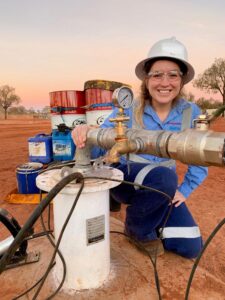
Q: And tell me about the Australian Energy Producers event recently?
Jessica:
It started with a carbon capture and storage well we drilled for CO2CRC in south west Victoria. The poster I created for the event focused on the production casing design and operations. We used chrome casing and a special cement blend to manage long-term CO₂ corrosion. Two fibre optic cables were also clamped externally on the casing and cemented in place for monitoring, , which isn’t common. It was a really detailed, technical job, and I wanted to share what we learned in a way that people would actually stop and read. I took a bit of a risk with the presentation, and was thrilled to be recognised as Best Visual Presentation at such a high profile event.
Q: Why is knowledge sharing so important to you?
Jessica:
Because it lifts everyone. There’s so much we learn on each project and keeping that to ourselves doesn’t help the industry. I’m a big believer in turning operations into case studies, writing papers, and just getting information out there — even the tough stuff. There’s nothing to lose by sharing what worked, and what didn’t. It makes the whole industry better.
Q: How does inGauge support this?
Jessica:
I wouldn’t have had these opportunities in a more traditional corporate structure. At inGauge, we’re encouraged to do the work and tell the story. That freedom to write, present, and push into the technical detail is part of our culture and something I really value. Innovation doesn’t just come from big operators. It comes from curious people, nimble teams, and a willingness to try something new and the bravery to share it.
Q: Finally, what’s the best advice you’ve been given, Jessica?
Jessica:
- Stay true to yourself
- Back yourself.
- When the room makes you feel small, knowledge, kindness, and quiet confidence go further than ego ever will.
